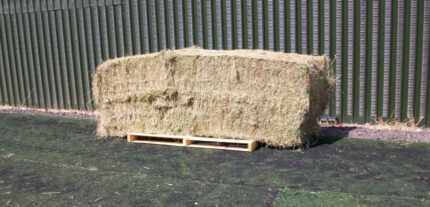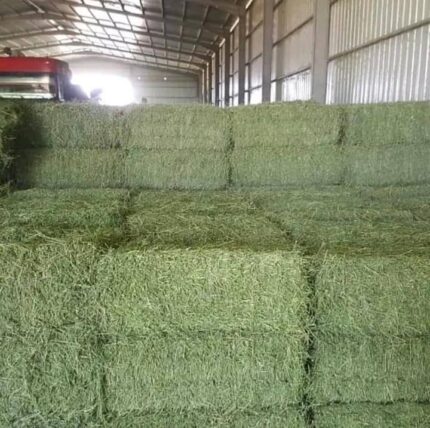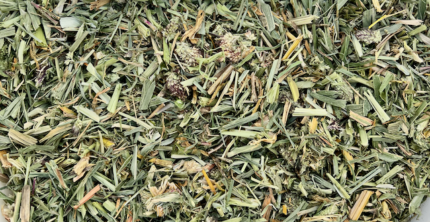PURE COASTAL HAY
Pure coastal hay, often referred to simply as coastal hay, is a type of forage harvested from the Coastal Bermuda grass (Cynodon dactylon), which is native to Africa but widely cultivated in warmer regions around the world. Coastal Bermuda grass is well-suited for hay production due to its ability to thrive in sandy soils and its high yield potential.
*Growth and Characteristics:*
Coastal Bermuda grass is a warm-season perennial grass that grows vigorously during the warmer months of the year. It has a dense and spreading growth habit, forming thick mats of grass with fine stems and leaves. The grass can reach heights of up to 2-3 feet when mature, and it produces an abundance of leafy growth that is ideal for hay production.
*Harvesting:*
Pure coastal hay is typically harvested multiple times throughout the growing season, starting in late spring or early summer and continuing until the first frost in autumn. The timing of harvest is crucial to ensure optimal quality and yield. Coastal hay is often cut when the grass is in the early to mid-bloom stage, as this is when it has the highest nutrient content and best balance of fiber and protein.
*Processing:*
After cutting, the coastal Bermuda grass is allowed to wilt in the field for a short period to reduce moisture content and facilitate drying. Once the grass reaches the desired moisture level, it is raked into windrows and baled using hay balers. The bales are then stored in a dry and well-ventilated area to prevent spoilage.
*Nutritional Value:*
Pure coastal hay is prized for its high nutritional value and palatability, making it a popular choice for feeding livestock such as cattle, horses, and goats. Coastal hay is rich in protein, vitamins, and minerals, providing essential nutrients to support the health and growth of animals. Additionally, the fine texture and leafy nature of coastal hay make it highly digestible, promoting efficient nutrient absorption in the digestive tract of livestock.
*Uses:*
Coastal hay is used as a primary source of forage for livestock, particularly in regions where warm-season grasses are prevalent. It can be fed to animals as both a staple diet and a supplemental feed, depending on their nutritional requirements and dietary needs. Coastal hay is suitable for feeding in various forms, including bales, flakes, or as part of a total mixed ration (TMR).
*Benefits:*
– High nutritional value: Coastal hay provides a balanced mix of protein, fiber, and essential nutrients to support the health and productivity of livestock.
– Palatability: Animals typically find coastal hay highly palatable, encouraging consistent intake and minimizing feed waste.
– Digestibility: The fine texture and leafy nature of coastal hay promote efficient digestion and nutrient absorption in livestock.
*Conclusion:*
Pure coastal hay is a valuable forage option for livestock producers, offering high nutritional quality, palatability, and digestibility. With proper management and harvesting techniques, coastal hay can provide a reliable source of feed to support the health and performance of livestock throughout the year.
















Reviews
There are no reviews yet.